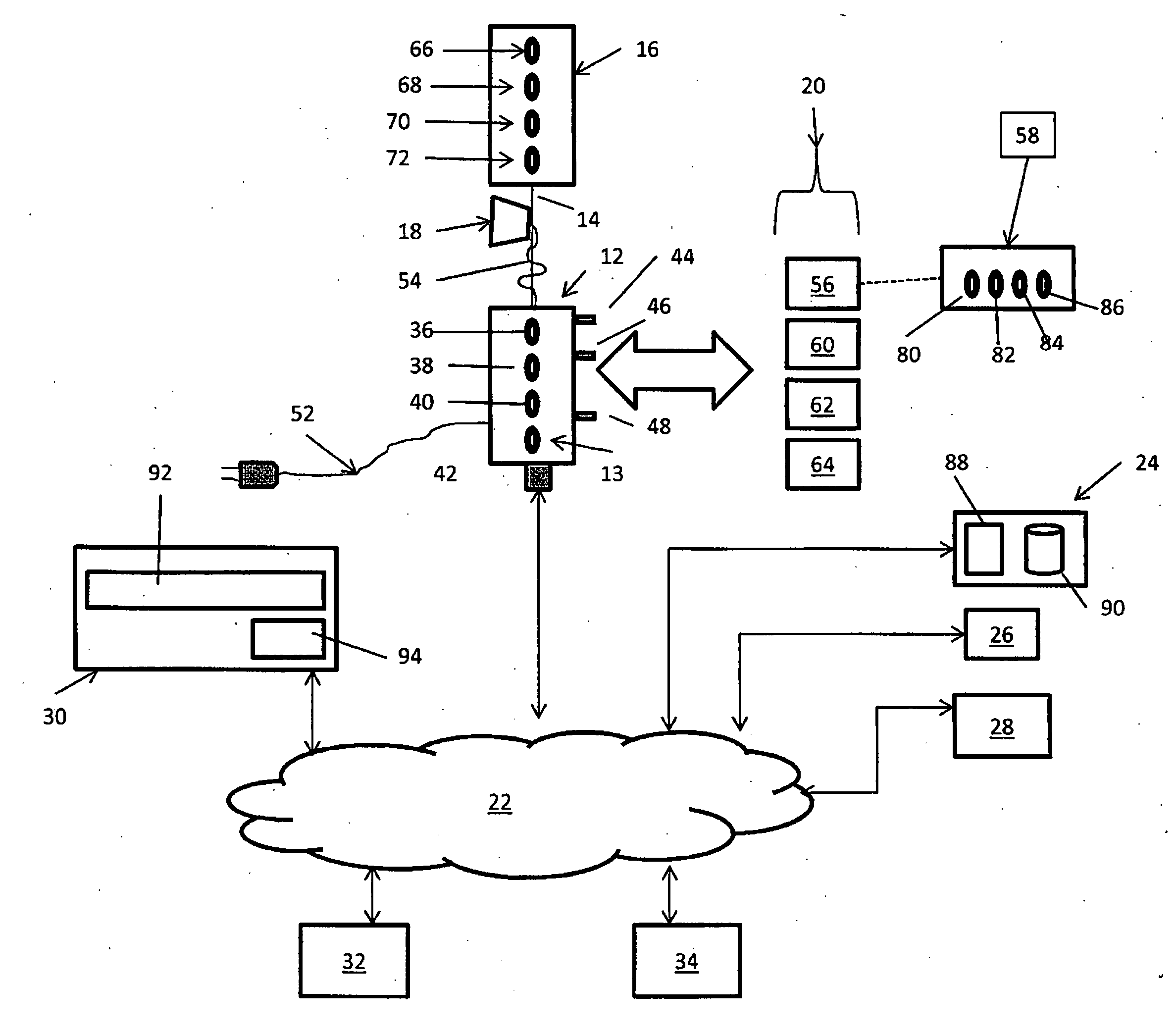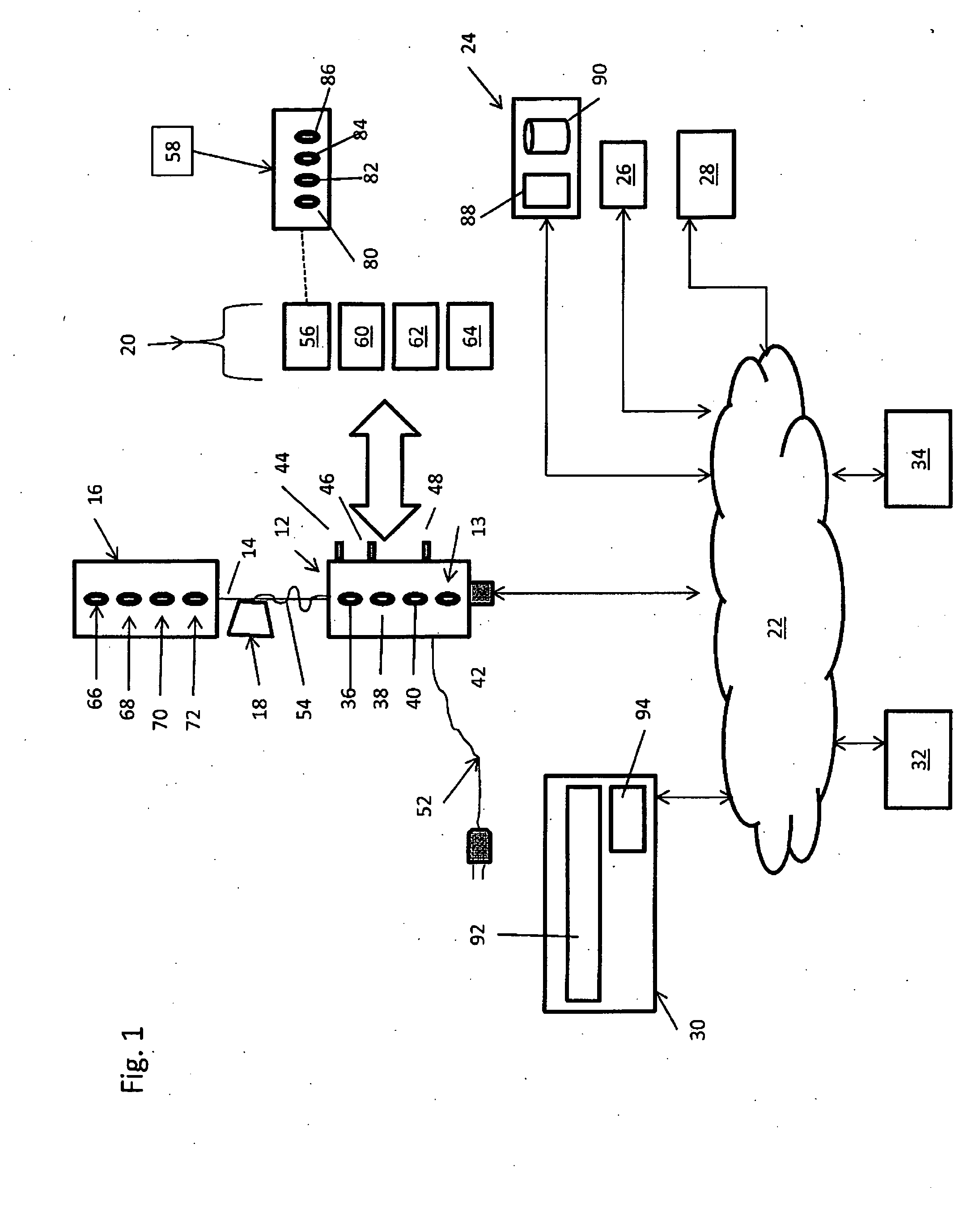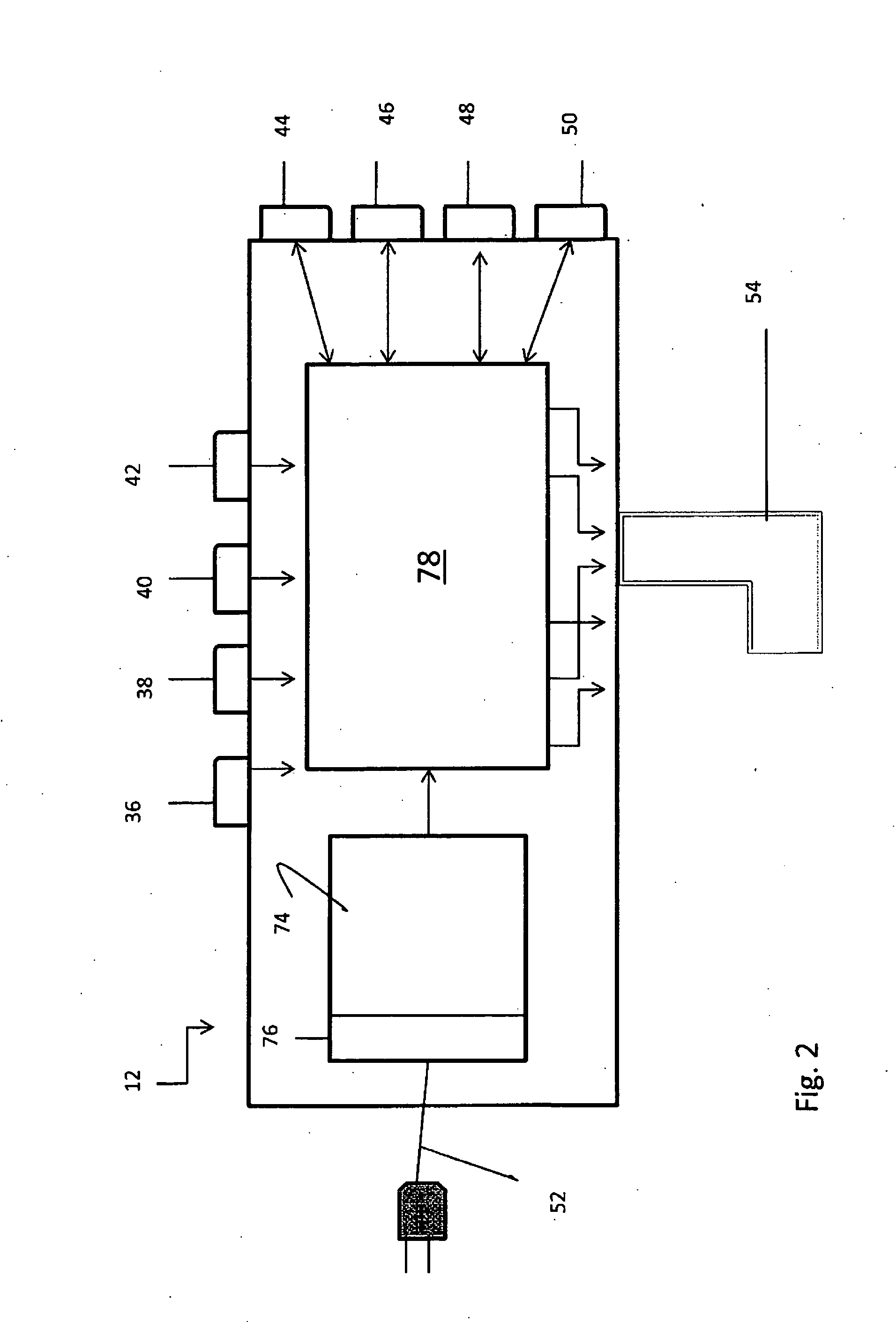Model-based method and system for image segmentation and modelling
- Summary
- Abstract
- Description
- Claims
- Application Information
AI Technical Summary
Benefits of technology
Problems solved by technology
Method used
Image
Examples
Embodiment Construction
[0031]1. Overview of Embodiment
[0032]An embodiment of the invention will now be described with reference to FIGS. 1 to 3. This embodiment is used for the segmentation of a medical dataset which is a set of intensity values, such as an MR image. The intensity values are associated with respective points in a two- or three-dimensional space. The segmentation identifies an object within the image. Specific examples are given of the use of the embodiment for segmenting orbital muscles within MR images, but application of the embodiment to other segmentations tasks is straightforward.
[0033]The embodiment employs an initial model which is defined in the space of the image. If the space of the image is 2D, the initial model is a contour represented polygon, or, if the space of the image is 3D, the model is a surface represented by triangle meshes. The contour or surface forms one or more closed inside regions which indicate object itself. The model is chosen manually based on the prior-kno...
PUM
 Login to View More
Login to View More Abstract
Description
Claims
Application Information
 Login to View More
Login to View More - R&D
- Intellectual Property
- Life Sciences
- Materials
- Tech Scout
- Unparalleled Data Quality
- Higher Quality Content
- 60% Fewer Hallucinations
Browse by: Latest US Patents, China's latest patents, Technical Efficacy Thesaurus, Application Domain, Technology Topic, Popular Technical Reports.
© 2025 PatSnap. All rights reserved.Legal|Privacy policy|Modern Slavery Act Transparency Statement|Sitemap|About US| Contact US: help@patsnap.com



